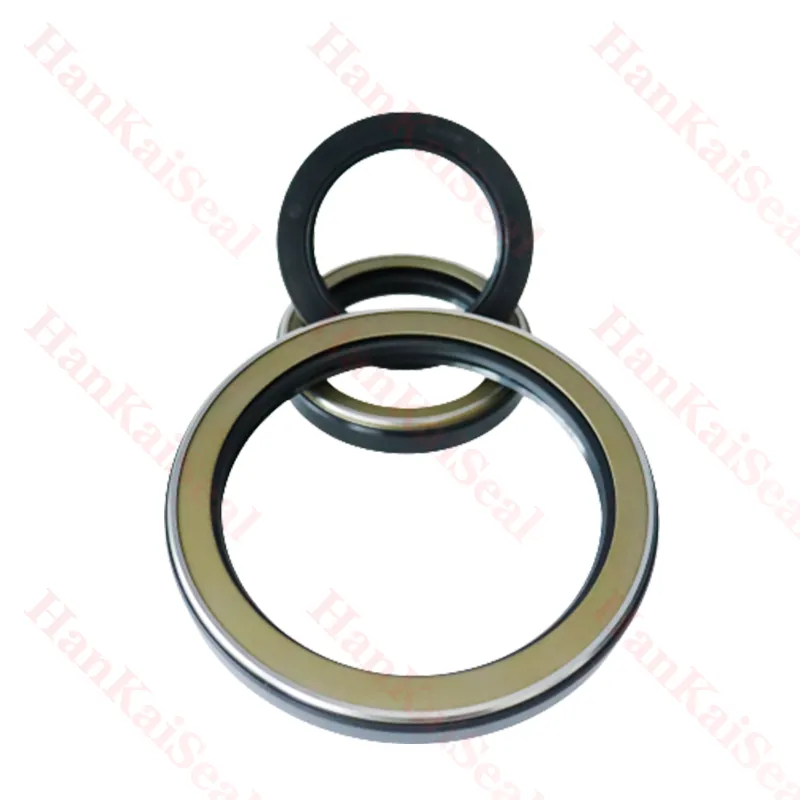Nov . 18, 2024 20:58 Back to list
Comparing Dust Seals and Oil Seals for Enhanced Equipment Protection and Performance
Dust Seal vs. Oil Seal A Comprehensive Comparison
When it comes to machinery and equipment maintenance, seals play a crucial role in ensuring the longevity and efficiency of machines. Among the various types of seals, dust seals and oil seals are two commonly used varieties, each serving distinct purposes in protecting components from environmental contaminants and lubricants. Understanding the differences between these two seals can guide you in selecting the appropriate type for your needs.
Functionality
The primary function of a dust seal is to prevent dust, dirt, and other particulate matter from entering critical areas of machinery. These seals are often utilized in applications where equipment is exposed to harsh environments, such as construction sites or outdoor machinery. Dust seals are typically made from flexible, durable materials like rubber or plastic and are designed to create a barrier against debris while allowing for some movement of parts.
On the other hand, oil seals, also known as fluid seals, are designed to retain lubricants and prevent the leakage of oils or other fluids. These seals are essential in ensuring that lubricants remain contained within components like gears, bearings, and transmissions. Oil seals are engineered to withstand higher pressures and temperatures compared to dust seals, making them vital for the proper functioning of equipment that relies on lubrication for friction reduction and cooling.
Material Composition
dust seal vs oil seal

One of the key differences between dust seals and oil seals lies in their material composition. Dust seals are often made from softer materials to enhance flexibility and adaptability to different environments. They may feature a simple lip design that effectively blocks dirt without needing to contain fluids.
In contrast, oil seals are typically constructed from more robust materials, including nitrile rubber or fluorocarbon, which can handle oil exposure and higher temperatures. The design of an oil seal usually includes a specially shaped lip that creates a tight seal against rotating shafts, preventing fluid leakage while minimizing wear.
Applications
Both seals have specific applications where they excel. Dust seals are commonly found in applications such as wheel bearings in cars, where protection from dust is crucial, but fluid retention is not as critical. Meanwhile, oil seals are prevalent in automotive engines, industrial machinery, and hydraulic systems, where fluid containment is paramount to prevent operational failures.
Conclusion
In summary, when choosing between dust seals and oil seals, it's essential to consider the specific requirements of the application. Dust seals are ideal for protecting against particulate contaminants, while oil seals are necessary for preventing lubricant leakage. Selecting the appropriate seal can lead to improved equipment performance, reduced maintenance costs, and extended component lifespan. Understanding the roles of these two types of seals allows for better decision-making in machinery maintenance and operation.
-
TCN Oil Seal Metal Ring Reinforcement for Heavy Machinery
NewsJul.25,2025
-
Rotary Lip Seal Spring-Loaded Design for High-Speed Applications
NewsJul.25,2025
-
Hydraulic Cylinder Seals Polyurethane Material for High-Impact Jobs
NewsJul.25,2025
-
High Pressure Oil Seal Polyurethane Coating Wear Resistance
NewsJul.25,2025
-
Dust Proof Seal Double Lip Design for Construction Equipment
NewsJul.25,2025
-
Hub Seal Polyurethane Wear Resistance in Agricultural Vehicles
NewsJul.25,2025
-
The Trans-formative Journey of Wheel Hub Oil Seals
NewsJun.06,2025
Products categories
















